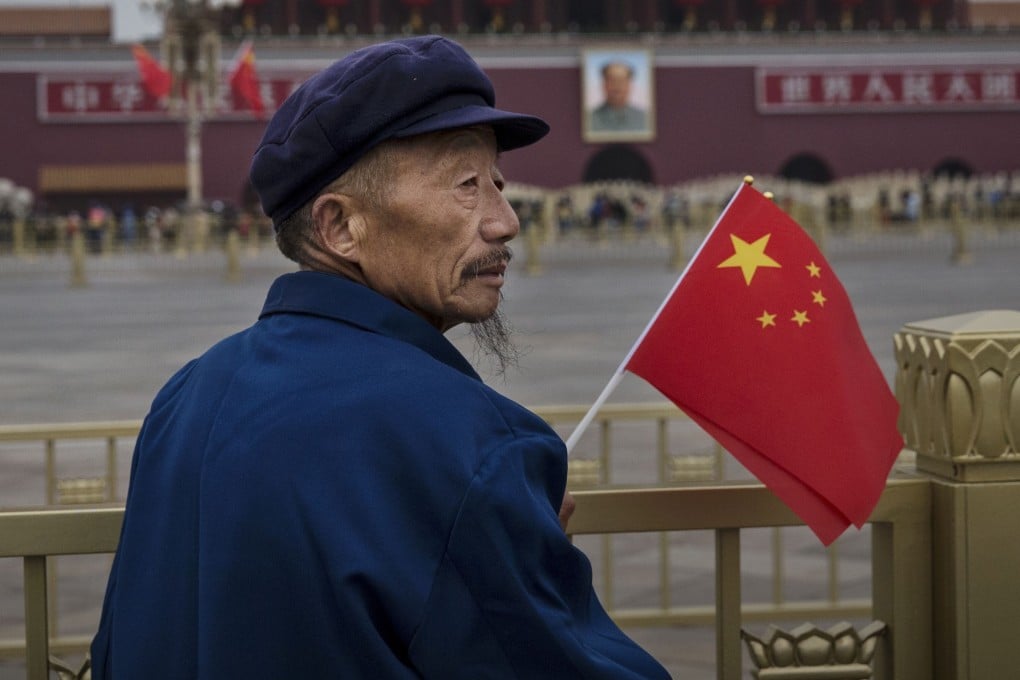Explainer | Is China concerned about its population?
- China’s overall population continued to grow in 2019, rising to 1.4 billion, up from 1.39 billion a year earlier
- Chinese mothers gave birth to 14.65 million babies in 2019, the lowest birth rate since 1961

A new version of this story has been published. Click here for the latest data about China's population.
What is China’s population?
Beijing did not provide annual population and birth figures for 2020 when it released a series of economic indicators in January. Those figures, based on the once-in-a-decade population census that concluded at the end of 2019, with preliminary data expected to be published in April, the National Bureau of Statistics said.
How is China’s population measured?
Because of the vast number of people surveyed, it will in theory provide the most accurate information on changes to China’s population and be a key resource for future planning.
China will also conduct a sample survey of 1 per cent of the population – also known as a “micro population census” – between the 2020 census and the 2030 census to monitor population changes, according to official regulations.
In other years, population figures are updated based on annual births and deaths data.